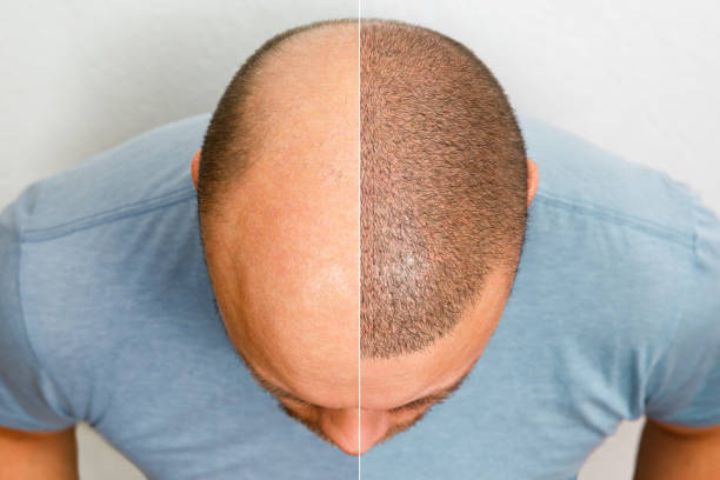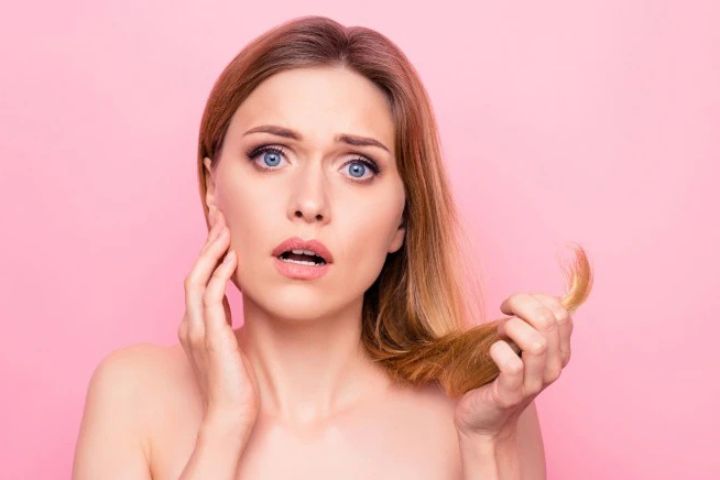Hair loss can be tough, and a lot of people want to get their hair back. While hair transplants are well-known, non-surgical methods are getting more popular.
But, do these methods work? Let’s explore the most effective non-surgical options for restoring hair.
Platelet-Rich Plasma (PRP) Therapy
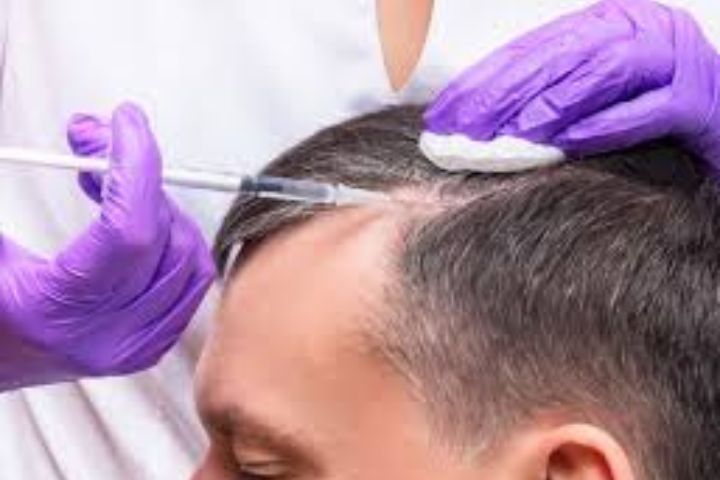
PRP therapy uses your blood to help hair grow back. The process involves taking blood, treating it, and separating the platelets. These platelets, which have growth factors, are then put into your scalp.
This method helps hair follicles grow and repair. Many people see thicker and fuller hair after a few treatments. PRP therapy is a gentle way to improve hair growth.
However, the results can vary from person to person. Some might see improvements quickly, while others may need several sessions to notice any changes. Despite this, many people find it to be an effective solution.
Low-Level Laser Therapy (LLLT)
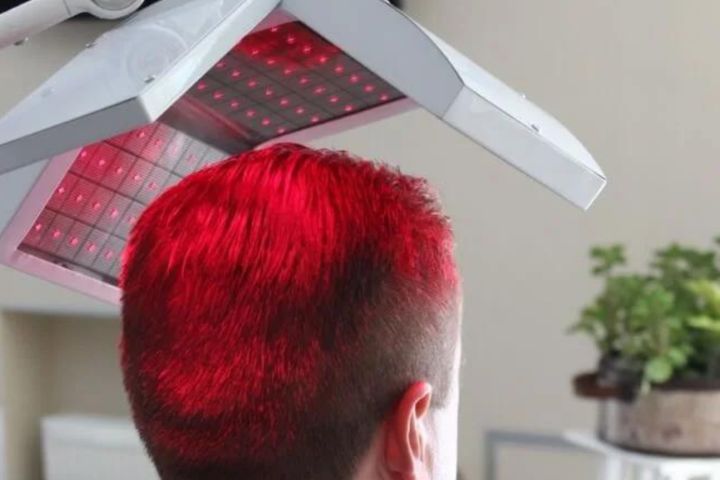
Low-Level Laser Therapy (LLLT) is a therapy that deploys light energy to help grow hair by stimulating the hair follicles. Specialised laser devices are then used on the scalp. This therapy enhances circulation to the hair follicles.
Improved blood circulation enables the follicles to produce even better, thicker hair. LLLT is a painless treatment technique that is often undertaken at home with the use of laser combs or helmets.
It is not painful but requires consistent application for a few months, for the benefits to be seen. For this reason, even though at first it may seem like a long task, most people do appreciate it and find it helpful and effective eventually.
Hair Growth Serums and Topical Solutions
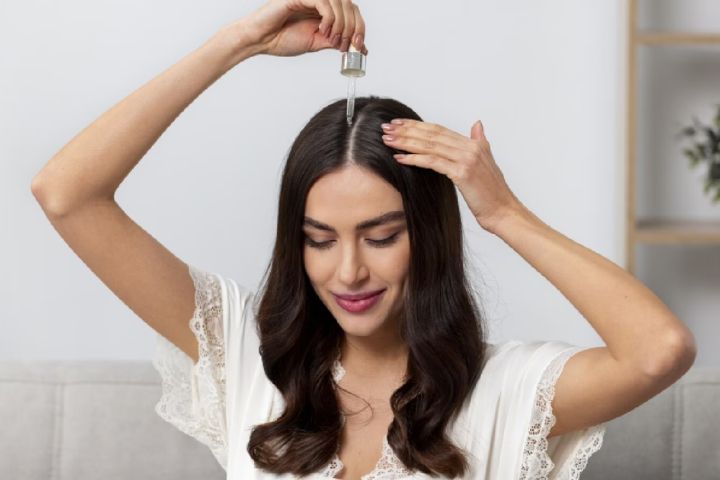
Minoxidil is probably the most well-known product for hair growth. It has been approved by the FDA and is sold without a prescription. The serum helps inactive hair follicles start working again, leading to new hair growth.
You can use it every day in liquid or foam form. To see results, you need to use it regularly. Some other serums might have natural ingredients like biotin, caffeine, or saw palmetto.
While these alternatives may not work as well as minoxidil, they can still help keep your hair healthy and encourage some growth. Plus, they are easy to find and can be part of your daily routine.
Microneedling for Hair Regrowth
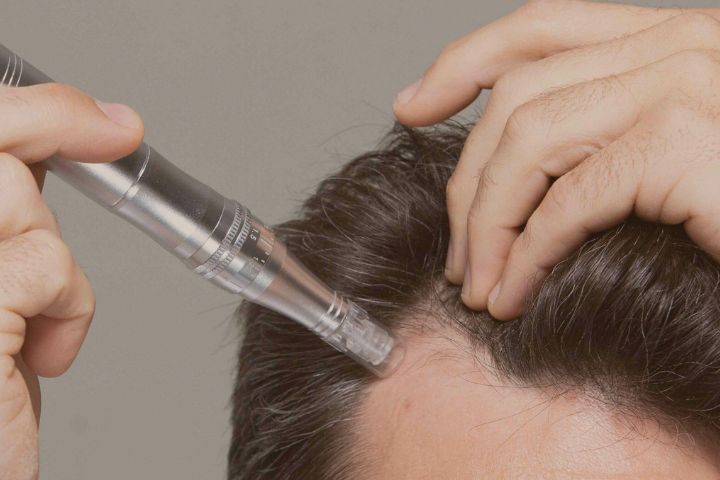
Microneedling involves using tiny needles to create small punctures in the scalp. This process boosts blood circulation and encourages collagen production, which is essential for the growth and repair of hair follicles.
These tiny punctures also improve the scalp’s ability to absorb hair growth products more effectively. When combined with treatments like Minoxidil, microneedling can significantly enhance hair growth.
Although the procedure is gentle and typically causes minimal pain, some individuals may experience slight discomfort. Nevertheless, it is effective and requires little recovery time, making it a popular option for those seeking long-term benefits.
Scalp Massage and Essential Oils
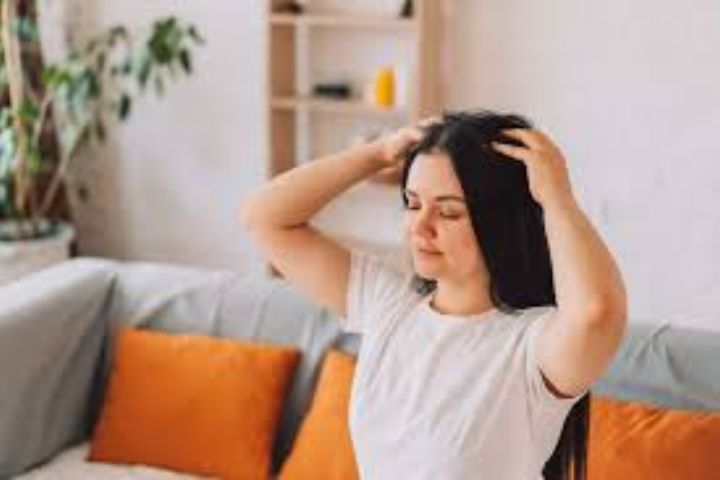
Scalp massage with essential oils has several benefits related to hair growth. The massage promotes great blood flow in the scalp, which helps in the activation of hair follicles.
Essential oils, such as rosemary, peppermint, and lavender, are known for their properties that help in hair growth. You can apply these oils individually on your scalp or dilute them with any other carrier oils.
While this method is not an overnight fix, regular scalp massages do result in stronger and healthier hair. It helps in nourishing the scalp for hair growth, and this can also improve the general health of your scalp. Its advantages include being a pretty simple and natural means of enhancing hair health.
Which Option Is Right for You?
The ability of nonsurgical remedies to provide adequate treatment will rely heavily on the particular cause of one’s hair loss; treatments could be more appropriate than others for a variety of ailments.
Examples of such treatments include PRP therapy and LLLT, which require several sessions over months to influence hair growth in patients.
If instant results are what you prefer, topical serums containing Minoxidil will produce even better results. Microneedling and essential oils have proven to work effectively for hair loss. However, these treatments take a little patience to get any results. Most of the time, combining treatments is more effective than doing it alone.
While non-surgical hair restoration options are available and effective for many, not everyone is a candidate for the same success. You must consult a specialist for the best option to use when it comes to your hair loss.
A professional and full discussion with a dermatologist or hair restoration specialist will provide you with an overall treatment plan for your specific needs. In short, whatever we decide, consistency and patience will be key to seeing results.

